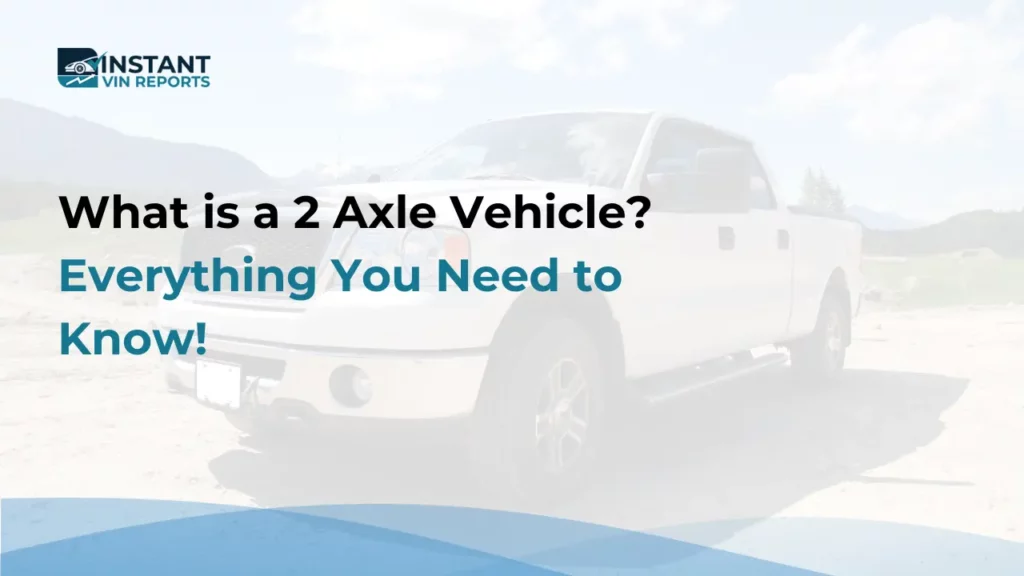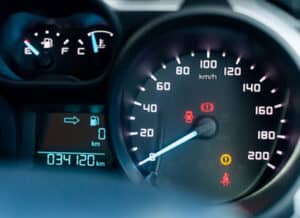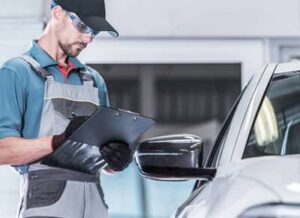A 2 axle vehicle, also known as a tandem-axle vehicle, is just what it is: a vehicle with two axles. Two axle vehicles have a front and rear axle. In this article, we’ll explore what is 2 axle vehicle, and how these light vehicles fair against 3 axle vehicles and 4 axle vehicles. So buckle up and let’s hit the road!
READ ALSO: How to Find Transmission by VIN Number
What is a 2 Axle Vehicle?
Let’s start with the basics. A two axle vehicle, as the name suggests, is an automobile equipped with two axles. An axle, in the context of a vehicle, is a rod or shaft that connects and supports the wheels. It is responsible for transmitting power from the engine to the wheels and bearing the weight of the vehicle. With axles, the vehicle can have controlled movement and stability. A typical example of a 2 axle vehicle is the passenger car, pickup trucks, and buses.
What are the components of two-axle vehicles?
Two axles, also referred to as tandem axles, are crucial in supporting the vehicle’s weight, transmitting power, and facilitating movement. There are basically two types of axles in a 2-axle vehicle.
The Front Axle
The front axle of a two-axle vehicle is located towards the front end, typically near the engine. Its primary function is to handle steering and control the movement of the front wheels. In most cases, the front axle is connected to the engine, allowing it to transmit power to the front wheels for propulsion. This component is responsible for facilitating smooth and responsive steering.
Here’s how it works: As the driver turns the steering wheel, the front axle enables the front wheels to change direction, allowing the vehicle to navigate corners and curves effectively.
The Rear Axle
It is quite similar to the front axle, but it has its own role to play. Situated at the rear end of the vehicle, the rear axle supports the weight of the vehicle and transmits power from the engine to the rear wheels. In some configurations, the rear axle also houses the differential, a device that distributes torque between the two rear wheels.
With the rear axle, traction is provided, thereby propelling the vehicle forward. As power is transferred from the engine to the rear axle, it engages the rear wheels, enabling them to rotate and move the vehicle.
Types of 2-Axle Vehicles
Two axle vehicles come in various forms, each serving different purposes. Let’s explore some common types:
Passenger Cars
Most conventional cars fall under the category of 2 axle motor vehicles. They typically have a front engine, a front axle for steering, and a rear axle for power transmission.
Light Trucks
Light trucks, such as pickup trucks and delivery vans, also belong to the 2 axle vehicle category. They often have a similar setup to passenger cars, with the front axle handling steering and the rear axle delivering power.
SUVs and Crossovers
Sport utility vehicles (SUVs) and crossovers usually feature a two axle configuration. These vehicles are designed for both on-road and off-road use, often incorporating additional features like all-wheel drive or four-wheel drive.
Motorcycles
Although motorcycles may not resemble typical four-wheeled vehicles, they also fall into the two axle vehicle category. Motorcycles generally have a front axle for steering and a rear axle that transmits power from the engine to the rear wheel.
READ ALSO: A Guide to Full-Size Trucks: Performance, Features, and Buying Tips
Before Buying a Used 2 Axle Vehicle?
If you are in the market for a used 2 axle vehicle, you need to make sure that you carry out a proper inspection, test drive, and run a VIN check to uncover any hidden history. This way, you can verify the vehicle’s condition and be certain about its reliability.
To have a view of all the features, options and packages of a 2-axle vehicle you’re eyeing, simply get a copy of the original window sticker by VIN, plate or entering the year, make and model. Here are the details to access in a window sticker:
- Vehicle specifications like year, model etc
- Trim level
- Engine size and details
- Standard equipment
- Features (interior and exterior)
- Colors
- Options and packages
- MSRP
- Fuel economy
- Safety rating
- Warranty and more
Why Consider a 2 Axle Vehicle?
So, what makes two-axle vehicles advantageous? Let’s explore a few benefits:
Easy to Move or Steer
Two-axle vehicles, especially those with tandem axles, offer enhanced maneuverability. The presence of multiple axles provides better stability, making it easier to navigate corners and tight spaces.
Load-Carrying Capacity
Tandem axles significantly increase the load-carrying capacity of vehicles. This feature is particularly beneficial for commercial trucks and heavy-duty vehicles, allowing them to transport larger loads efficiently.
Improved Traction
By distributing power between two axles, two axle vehicles often have better traction, especially in challenging driving conditions like snow, mud, or uneven terrain.
2-axle, 3-axle, and 4-axle vehicles: The Major Differences
This section presents a table comparing a 2 axle vs 3 axle vehicle and a 2 axle vehicle vs 4 axle to highlight their key differences.
|
Aspect |
2 axle vehicle |
3 axle vehicle |
4 axle vehicle |
|
Number of axles |
2 |
3 |
4 |
|
Configuration |
Front axle and rear axle |
Front axle, middle axle, and rear axle |
Front axle, two middle axles, and rear axle |
|
Load Capacity |
Generally lower than 3-axle and 4-axle vehicles |
Moderate to high |
High |
|
Stability |
Less stable compared to 3-axle and 4-axle vehicles |
Relatively stable |
Relatively stable |
|
Maneuverability |
Good maneuverability |
Moderate maneuverability |
Moderate maneuverability |
|
Common Examples |
Passenger cars, light trucks, motorcycles |
Buses, heavy-duty trucks, large trailers |
Semi-trucks with trailers, heavy-duty vehicles |
|
Application |
Personal transportation, light-duty hauling |
Public transportation, heavy-duty hauling |
Long-haul transportation, heavy-duty applications |
Should I drive a car with a damaged axle?
Generally, if any part of a vehicle is damaged, it’s not advisable to drive until the damaged part is fixed. A vehicle’s axle may get damaged due to one or more of the following reasons:
- Overloading
- Impact or collision
- Forceful impact on bad or bumpy roads
- Wear and tear
- Corrosion
- Manufacturing defects
When you begin to see that your axle may be bad, it’s best to stop driving immediately. Some common signs of a damaged axle include:
- Vibrations: Excessive vibrations, especially when accelerating or turning, can suggest axle damage.
- Strange Noises: Clunking, clicking, or popping sounds when driving or turning may indicate a worn or damaged axle.
- Steering Issues: Difficulty steering, a pulling sensation to one side, or a misaligned steering wheel could point to axle problems.
- Uneven Tire Wear: Uneven tire wear, such as excessive wear on one side of the tire, might be a result of axle issues.
- Fluid Leaks: If you notice fluid leaks near the wheels, it could be a sign of a damaged axle seal.
These are signs that you shouldn’t be able to miss. If you are buying a used car at a dealership or a private seller, getting the vehicle history report can help uncover any hidden damage records. If you are a car owner and your vehicle shows these signs, then you need to think carefully about replacing the damaged axle.
A damaged axle could cost from a few hundred dollars to several thousand dollars, depending on the vehicle’s make and model. If you are unsure of the charge given by a mechanic for this service, you can confirm it with other mechanics and get the best service.
In conclusion, remember that a vehicle with a damaged axle is very unsafe to drive, so get that fixed as soon as possible. If you are interested in buying a used two axle vehicle, be sure to get a vehicle history report with our VIN number check tool and gain access to information that will equip you to make the best decision.
What is considered a 2 Axle vehicle?
A two axle vehicle means any vehicle that has two sets of wheels connected to the frame by a central shaft, known as an axle. This common in most passenger cars, trucks, and SUVs.
Is an SUV a 2 axle vehicle?
Yes, most SUVs are typically 2-axle vehicles. They have a front axle and a rear axle, with one axle supporting each set of wheels.
Does 2 axle mean 4WD?
Not so. A 2 axle car does not automatically mean the vehicle is 4WD (Four-Wheel Drive). A 4WD vehicle has two axles and both are powered, but a vehicle can have two axles and only one powered, making it a two-wheel-drive (2WD) vehicle.










